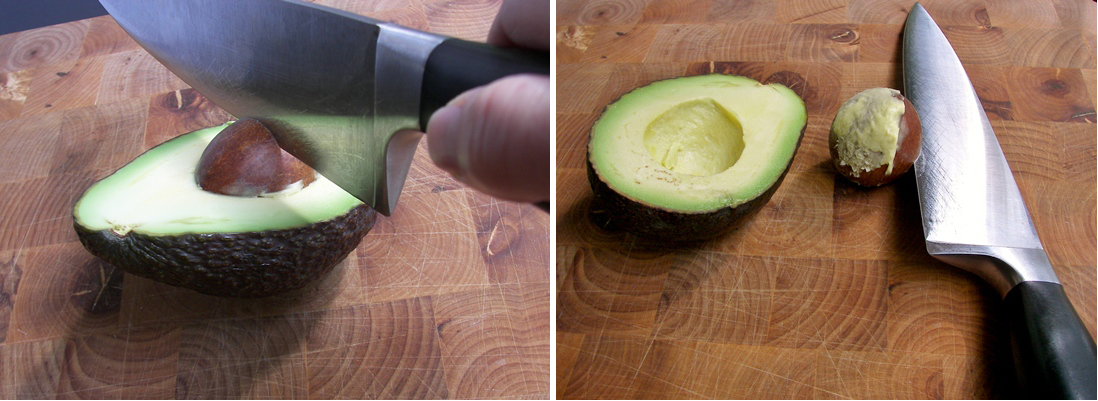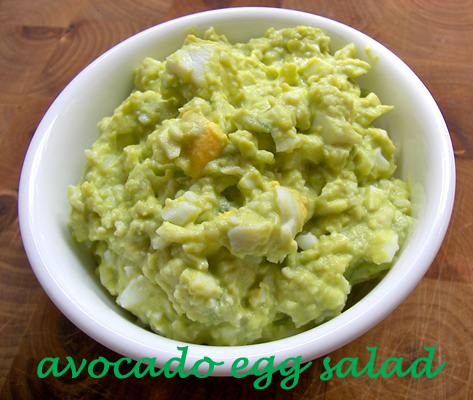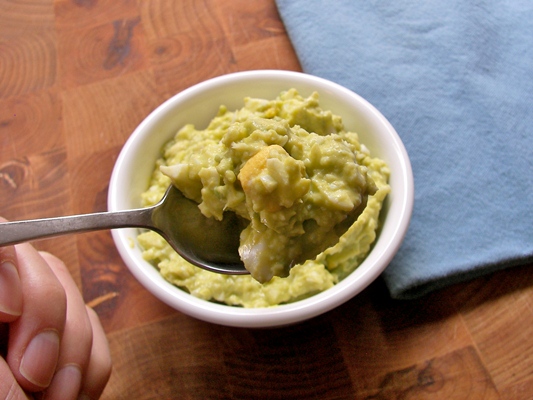
I love avocados! The creamy texture seems to go perfect with just about anything! My favorite combo is avocado and egg, they are a match made in heaven! But avocados are great on salads, in sandwiches, wraps, smoothies, soups, and even desserts! Luckily avocados are also a nutritional powerhouse!
Here’s the breakdown of avocados top nutrient benefits:
Healthy Fats
Avocados are loaded with Monounsaturated Fatty Acids (MUFA’s). This healthy fat has been shown to reduce LDL cholesterol and triglycerides and increase HDL cholesterol. MUFA’s have also been shown to reduce oxidation and inflammation, lower blood pressure, decrease thrombosis, and reduce the incidence of heart disease overall. Avocados also contain Omega-3 fatty acids (ALA) that have anti-inflammatory effects.
Potassium
A mineral most of us don’t get enough of. Potassium is very important in maintaining healthy blood pressure levels. Half an avocado has more potassium than 1 medium banana!
Phytochemicals
Avocados are loaded with a variety of phytochemicals such as Lutein and Zeaxanthin that act as powerful antioxidants in our bodies. Make sure to scrape off the dark green flesh that’s right next to the peel, it’s even higher in phytochemicals!
Fiber
Avocados’ creamy flesh is an unexpected rich source of fiber, about 14 grams in one avocado.
Avocados are also a good source of Vitamin K, Folate, Vitamin C, Vitamin B5, Vitamin B6, and Vitamin E.
How to tell if it’s ripe
Your avocado is ripe when the skin is a very dark greenish black color and it gives a little when you gently squeeze it. You can also look under the button on the stem end. If it is green, but comes off fairly easily, it’s ripe. If it’s brown, your avocado is too ripe and likely mushy on the inside.
If your avocado is still too green, it will ripen within 2-5 days on the counter. To speed up the ripening process, you can place it in a paper bag with an apple or a banana. The gases produced by these fruits will speed up the ripening process for the avocado. To slow down the ripening process, simply place the avocados in the refrigerator.
How to cut
There are a few ways to easily cut into an avocado. My go-to is to simply cut it in half, then using my chef’s knife whack the seed (carefully), twist and pull it out.
You can also cut the avocado in quarters, then simply take out the seed with your hands.
How to store
The hardest thing about storing avocados is keeping them from turning brown. Just like with cut apples, the browning is caused by oxidation. The easiest way to prevent the oxidation is to mix the avocado with lemon or lime juice (or vinegar) then store in an air tight container. If you want to freeze avocado, you can puree it with a little lemon or lime juice then freeze it in small portions (in zip lock bags) or in ice cube trays.
Avocado Egg Salad
4 servings
This can be used in a sandwich or wrap, over salad greens, with crackers, or eaten by the spoonful!
Ingredients
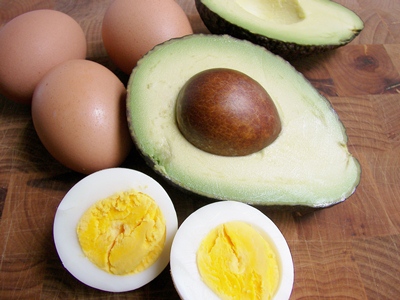
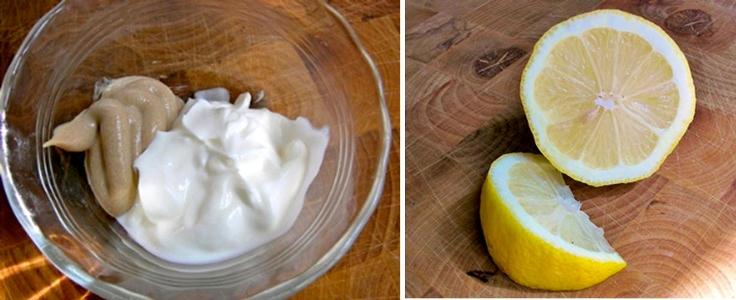
4 hard-boiled eggs
1 avocado
1 tablespoon plain Greek yogurt
1 tablespoon fresh lemon juice
1-2 teaspoons Dijon mustard
Salt and freshly ground black pepper, to taste
Directions
- In a medium bowl, combine hard-boiled eggs, avocado, Greek yogurt, lemon juice and mustard.
- Mash with a fork.
- You could also pulse in a food processor to desired consistency (chunky vs. smooth).
- Season with salt and pepper, to taste.
Note: This salad is best eaten the day it's made, but will keep up to 2 days in an air tight container.
Nutrition Information per Serving: 160 Calories, 13g fat, 2.5g saturated fat, 390mg sodium, 5g carbohydrates, 3g fiber, 8g protein
Click here for a printer-friendly version of this recipe.
Click here for a printer-friendly version of this blog post.
